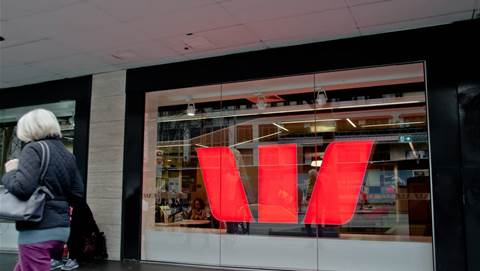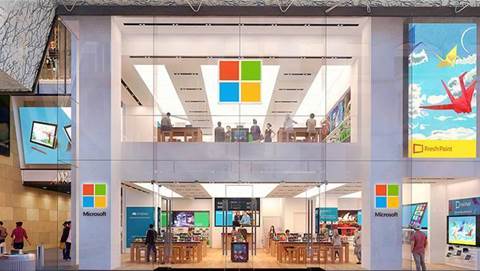“It is the world’s first hypervisor based on the Linux kernel. Simply put, it enabled the Linux kernel to be used as a bare metal hypervisor,” said Red Hat chief technology officer Brian Stevens in a blog post.
Red Hat has been working on the development of KVM technology for a number of years, including using the technology in its Linux Fedora 7 product and by acquiring Qumranet.
This is the first time the firm has announced a formal strategy to bring it to market.
The hypervisor, called RHEV-H, will have a secure footprint of under 128MB, said the company.
KVM technology will also be included in RHEL 5.4, due out later this year, in order to support businesses’ “higher-end” workloads, Red Hat said.
Stevens promised existing Xen-based deployments will continue to be supported for the full lifecycle of Red Hat Enterprise Linux 5 and that new offerings are still to be added to the product.
“But we will move in a KVM direction so we would encourage new customers to buy into KVM from the outset,” he said in a call following the announcement.
Red Hat will be providing customers with a range of tools and services to enable them to migrate from their Red Hat Enterprise Linux 5 Xen deployment to KVM.
Navin Thadani, Red Hat virtualisation senior director, said on the call that cost, performance, scalability and security are all “ceilings” that prevent customers from implementing Red Hat technology in their data centres and the portfolio of products announced today should solve these issues.
Red Hat additionally announced two new management solutions to complement its new hypervisor offering.
An Enterprise Virtualisation Manager for Servers will integrate management across virtual servers and virtual desktops. Thadani said it will allow administrators to help control “virtual machine sprawl” and include features such as a system scheduler, power manager and image manager.
An Enterprise Virtualization Manager for Desktops will deliver virtual desktop infrastructure at a low price for both Linux and Windows desktops, Thadani said.
It will be based on Qumranet's SolidICE and use SPICE remote rendering technology to allow administrators to centrally manage the desktops and enforce policies on users, he added.
Red Hat unveils KVM virtualisation portfolio
Red Hat has announced a new portfolio of virtualisation solutions, including a new standalone hypervisor that will include Kernel-based Virtual Machine (KVM) technology.
Got a news tip for our journalists? Share it with us anonymously here.
Sponsored Whitepapers

The Healthcare CISO’s Guide to Medical IoT Security

The Enterprise Buyer's Guide to IoT Security. 5 Must-Haves for Comprehensive Zero Trust IoT Security
How to reach the ‘Holy Grail’ of security and performance with SASE

Unveiling the Invisible Threat: Mastering the Art of Conveying Cyber Risks to Boards
Transforming Your Business




 Forrester Technology & Innovation APAC 2023
Forrester Technology & Innovation APAC 2023

















